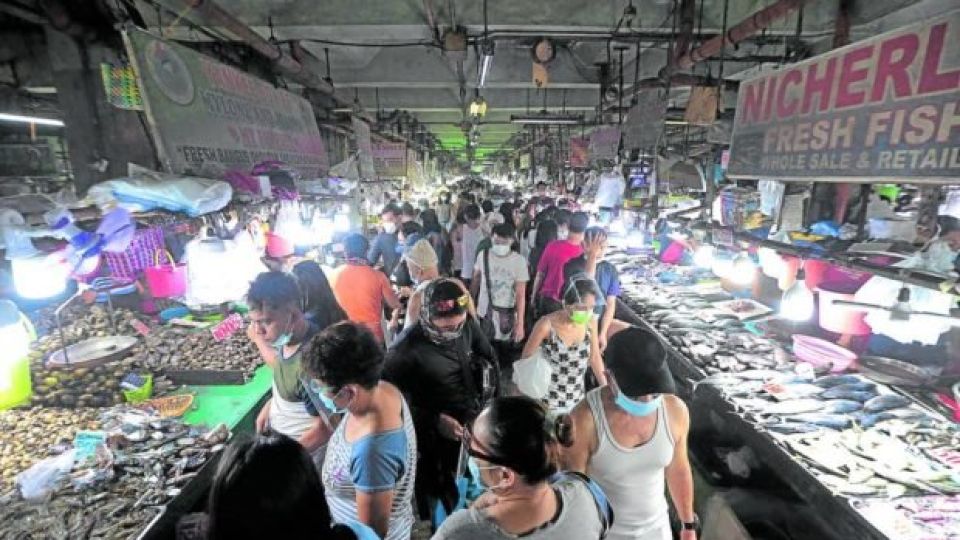March 10, 2022
MANILA — Skyrocketing commodity prices amid the war in Ukraine may prompt the inflation-targeting local central bank to jack up interest rates by a sum of 75 basis points this year but Philippine economic growth is still likely to outperform regional peers, a senior economist from investment house CLSA said.
In a regional media briefing on Wednesday, CLSA senior economist Anthony Nafte said a prolonged scenario of lofty global oil prices breaching $120 per barrel within the next six to nine months would jack up average inflation rates for Southeast Asian economies by an average of 2 percentage points this year. In the case of oil-importing Philippines, the inflation is seen to be the most volatile.
“We’re going to get a big spike in inflation and the spike that we see in the Philippines could even be higher than elsewhere,” he said.
Aside from oil prices, he said climate change and typhoons could likely exert more pressure on the country’s inflation rate, which could hit 5.5 to 6 percent or double the 3 percent print in February and exceeding the local central bank’s target ceiling of 4 percent.
“So I would say that the Philippines has the highest risk of a country that’s going to raise interest rates before the middle of the year,” Nafte said.
The economist expects the Bangko Sentral ng Pilipinas (BSP) to raise interest rates by 25 basis points from the record-low level of 2 percent before mid-year, followed by a sum of 50 basis points in the second semester. Strengthening domestic demand, he said, would make the BSP more comfortable in shifting to a hawkish monetary policy.
As import bills soar, the economist said the country would still end up a current account deficit but this would likely be contained below 2 percent of gross domestic product (GDP).
Nonetheless, Nafte said the Philippines may still attain a GDP growth of close to 6 percent this year.
Last year, the country grew its GDP by an average of 5.6 percent, exceeding market forecasts and boosting expectations that economic productivity could return to pre-pandemic levels starting this year.
“This still should be one of the outperformers in Asean because it is a domestic demand-driven economy and so less vulnerable than your export manufacturing economies,” Nafte said.
The economist sees the country benefiting from a consumption spike in the second quarter during the run-up to the national elections.
The decline in daily new COVID-19 cases, the pickup in vaccination rates and increased mobility are likewise seen to buoy the economy, alongside sustained infrastructure spending by the next president. Nafte said he was expecting a continuity of economic policies, particularly the build, build, build program of the government.


